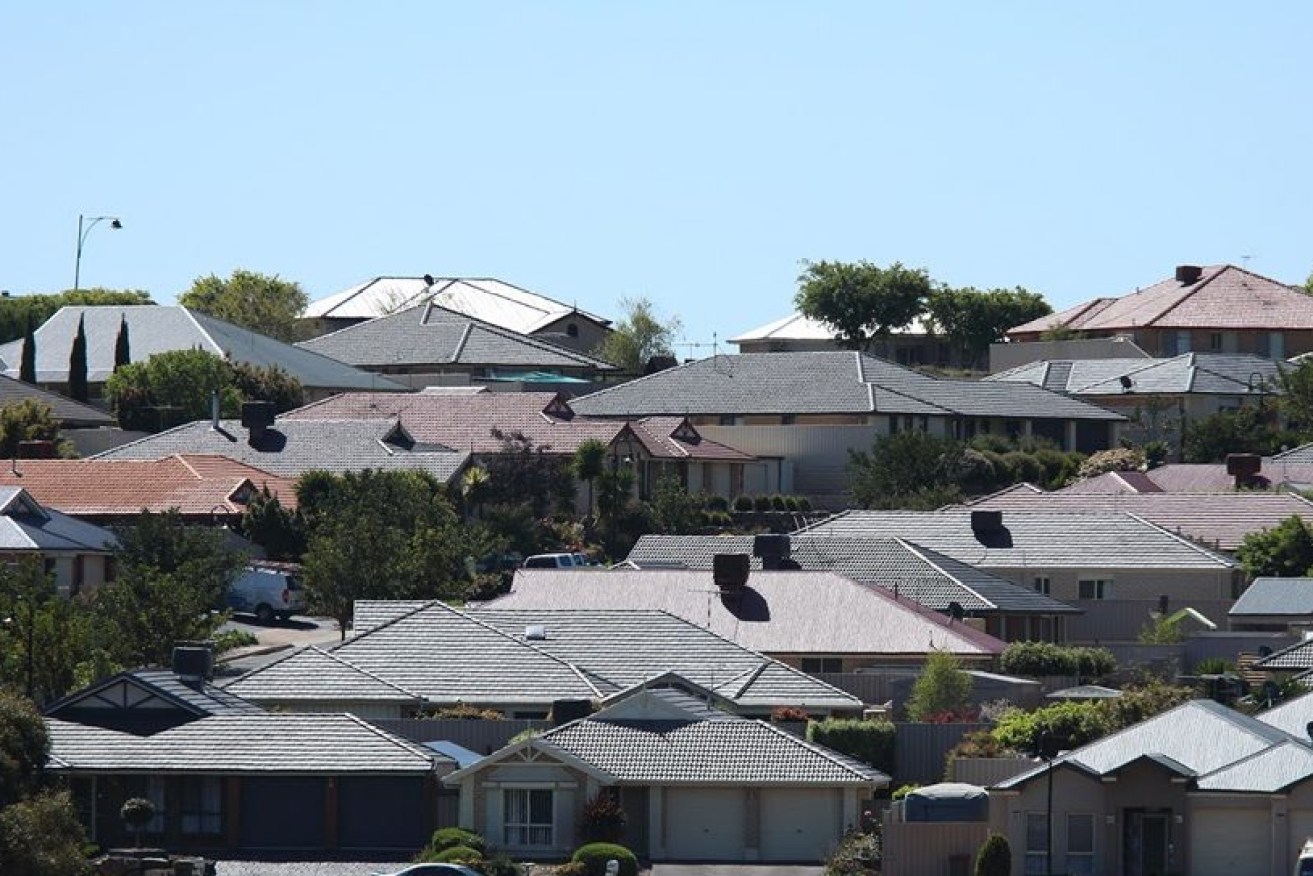“Nowhere near enough” housing to support Adelaide’s homeless
The coordinator of an Adelaide homelessness project says the city doesn’t have enough supported housing to accommodate the high number of rough sleepers identified by the project.

Homeless people can't be placed in just any suburban housing stock, says David Pearson - they need support.
Don Dunstan Foundation executive director David Pearson, whose organisation is spearheading Adelaide Zero, said while some community housing providers and the State Government’s Housing Authority had offered some housing to achieve the project’s goal of “functional zero homelessness” in the inner city, the current stock was “nowhere near enough” to support the 147 people identified by the project’s homeless census.
Pearson said the Adelaide Zero Project was in the process of crosschecking the number of rough sleepers it identified during its “Connections Week” in May, which surveyed rough sleepers across Adelaide and ranked them based on their level of vulnerability.
As part of the process, rough sleepers provided a team of about 200 volunteers with their names and their current situation.
Pearson said the “vast majority” of people contacted by the team agreed to participate in the project.
He said updated numbers of rough sleepers would be revealed at a homelessness conference on August 8, but figures already showed that about 30 per cent of the people surveyed had been sleeping on the streets for more than two years.
“A whole lot of questions will be attempted to be answered at the homelessness conference – particularly how are we going to get more housing available to support the people who are on this list,” he said.
“That doesn’t necessarily mean we need to go out and build 50 more houses – although that would bloody help – it means we need to find more houses that are appropriate, that meet the needs of the people on this list.”
Pearson said there were several options which could be considered to increase the housing stock, including creating more supported accommodation services such as Common Ground and redeveloping the Salvation Army building on Whitmore Square.
He said while he was confident the project could eventually secure enough housing to support the number of people currently on its homeless list, he wasn’t confident that the level of supported housing in the state could be sustained.
“We need more investment from Commonwealth, state and the private sector into affordable and supported housing to make our goal of functional zero (homelessness) by 2020 achievable,” he said.
“There’s also the problem that, you’ve got public and community housing in South Australia and how do we find more affordable private rentals for those people.
“What you can do is take people out of public and community housing and put them into the private system – if it’s more affordable – and free up that public and community housing for people who are on our by-name list.”
Pearson said the process of finding people housing would be complicated, as organisers would need to match people to both suitable housing and relevant support services.
“If we’re housing the most vulnerable first, you can’t take someone who has been living on the streets for over two years, which in some cases has been happening, and place them into a Housing Trust property in Munno Para.
“They’re never going to sustain that housing and it’s likely they’ll fall straight out of it again because they’ve got other things going on in their lives – substance abuse issues, mental health, justice issues, whatever it might be.”
The Adelaide Zero Project is now working to develop a dashboard homelessness tracker – similar to a dashboard that informs patients of waiting times at a hospital emergency department – which the project hopes will feature in the mainstream media.
“It would be a report like the weather, or finance. When they have the finance data, and they saying something like, ‘the stock market went up by however many points’, they could also add, ‘and there’s 27 people sleeping rough tonight,” Pearson said.
“But, we’re not at the point of having a daily release yet – we’re going to release it on the 8th of August and then it will probably be the 8th of September, roughly, the next time we update the data because it’s time-intensive for us to do it.
“We’re looking to building digital platforms to allow us to do it in real time but the only thing that’s stopping us is money – it takes time and resources to get us to build and maintain that platform.”




